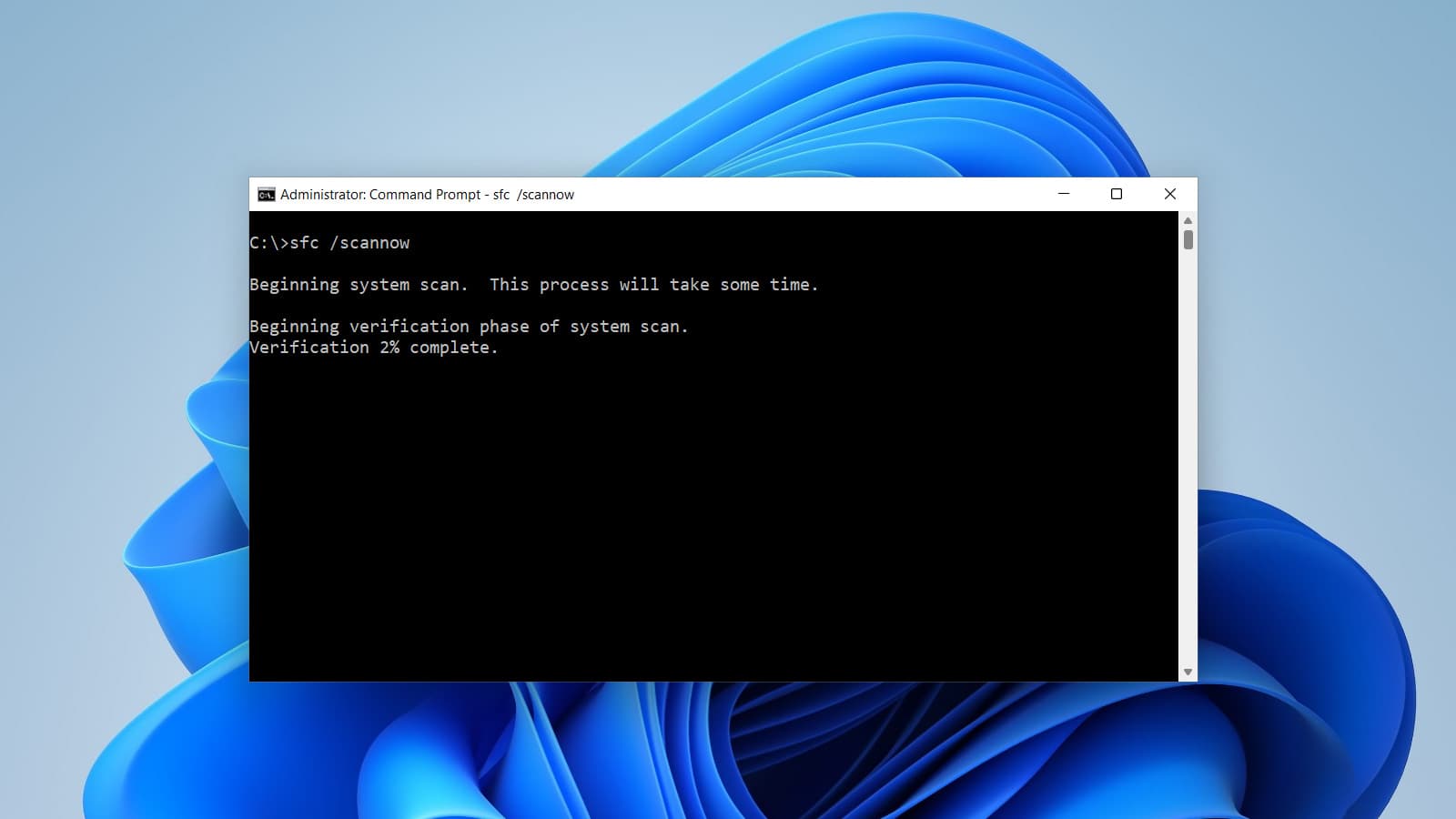TL;DR
This guide provides a list of essential CMD commands that are useful during Installation Qualification (IQ) and Operational Qualification (OQ) execution in the context of computerized system validation in the pharmaceutical manufacturing industry. These commands help in system operations, network diagnostics, file management, and more, ensuring compliance and efficient validation processes.
Introduction
In the pharmaceutical manufacturing industry, computerized system validation is a critical process to ensure compliance with regulatory standards. During Installation Qualification (IQ) and Operational Qualification (OQ) execution, various CMD (Command Prompt) commands can be invaluable tools for verifying system configurations, network settings, and more.
This guide outlines essential CMD commands categorized by their functions, which can assist professionals in executing IOQ protocols effectively.
System Operations Commands
Display Computer Name
- Command:
hostname - Description: Displays the name of the computer or server.
- Usage: Helps identify the machine during validation documentation.
Display Detailed System Information
- Command:
systeminfo - Description: Shows detailed system information including OS version, hardware details, and updates.
- Usage: Useful for documenting system configurations and verifying specifications.
Display Environment Variables
- Command:
set - Description: Displays all defined environment variables.
- Usage: Helps in checking environment settings that might affect software operations.
List Running Processes
- Command:
tasklist - Description: Lists all running processes on the system.
- Usage: Useful for ensuring necessary services are running and unwanted processes are not interfering.
Network Operations Commands
Display Basic Network Configuration
- Command:
ipconfig - Description: Shows basic network configuration details like IP address, subnet mask, and default gateway.
- Usage: Verifies network settings during system setup.
Display Detailed Network Configuration
- Command:
ipconfig /all - Description: Provides detailed network configuration, including DNS servers and MAC addresses.
- Usage: Essential for thorough network validation.
Check Network Connectivity
- Command:
ping [hostname/IP] - Description: Checks network connectivity to a specified host.
- Usage: Verifies that the system can reach required network resources.
Connectivity Check with Hostname/IP Return
- Command:
ping -a [hostname/IP] - Description: Checks connectivity and returns the hostname associated with the IP address.
- Usage: Confirms DNS resolution and connectivity.
Continuous Connectivity Check
- Command:
ping -t [hostname/IP] - Description: Continuously pings a host until stopped manually.
- Usage: Monitors network stability over time.
Display Active Network Connections
- Command:
netstat - Description: Shows active network connections and listening ports.
- Usage: Helps identify open connections and potential security issues.
Trace Route to Host
- Command:
tracert [hostname/IP] - Description: Traces the path packets take to reach a host.
- Usage: Useful for diagnosing network routing problems.
File and Directory Operations Commands
List Directory Contents
- Command:
dir - Description: Lists the contents of the current directory.
- Usage: Verifies the presence of necessary files and folders.
Display Current Directory
- Command:
cd - Description: Displays the current working directory.
- Usage: Confirms the current directory context during file operations.
Change Directory
- Command:
cd "C:\path\to\directory" - Description: Changes the current directory to the specified path.
- Usage: Navigates to required directories during validation.
Create a New Folder
- Command:
mkdir [folder_name] - Description: Creates a new folder with the specified name.
- Usage: Sets up directories needed for software installations or data storage.
File Comparison Command
Compare Contents of Two Files
- Command:
fc "C:\path\to\first\file" "C:\path\to\second\file" - Description: Compares the contents of two specified files.
- Usage: Ensures that files are identical or highlights differences, important for configuration files.
Filtering Output Command
Find Specific Text in Output
- Command:
set | findstr /I "domain" - Description: Filters the output of the
setcommand to display lines containing "domain". - Usage: Quickly locates specific environment variables.
Exporting Output to a Text File
Export Network Configuration
- Command:
ipconfig /all > "C:\path\to\output.txt" - Description: Exports network configuration details to a text file.
- Usage: Saves configuration data for documentation or analysis.
Export System Information
- Command:
systeminfo > "C:\path\to\output.txt" - Description: Exports detailed system information to a text file.
- Usage: Useful for creating records of system specifications.
Time Synchronization Commands
Check Windows Time Service Status
- Command:
sc query w32time - Description: Displays the status of the Windows Time service.
- Usage: Verifies that time synchronization services are running.
Query Windows Time Service
- Command:
w32tm /query /status - Description: Displays detailed information about the Windows Time service.
- Usage: Ensures accurate time settings, crucial for timestamping in validation logs.
Check Time Synchronization with NTP Server
- Command:
w32tm /stripchart /computer:NTP_Server/DC /dataonly /samples:3 - Description: Checks time synchronization with a specified NTP server or Domain Controller by displaying three round-trip time samples.
- Usage: Confirms that the system time is synchronized with network time sources.
Policy and User Account Commands
Display Resultant Set of Policy
- Command:
gpresult /r - Description: Displays the Resultant Set of Policy (RSoP) information for the current user and computer.
- Usage: Verifies group policies applied to the system.
Show Current User Information
- Command:
whoami - Description: Shows the domain and username of the current user.
- Usage: Confirms user identity during validation processes.
Echo Command
Display Current Date and Time
- Command:
echo %date% %time% - Description: Displays the current system date and time.
- Usage: Useful for timestamping activities during validation.
Conclusion
These CMD commands are valuable tools during IOQ execution in computerized system validation within the pharmaceutical manufacturing industry. They assist in verifying system configurations, network settings, file operations, and more, ensuring that validation processes are thorough and compliant with industry regulations.
By incorporating these commands into your validation procedures, you can enhance efficiency, accuracy, and documentation quality, contributing to successful system qualification.

Practical Guide to 21 CFR Part 11
Your Essential Handbook for Navigating 21 CFR Part 11
"An invaluable resource for anyone working with computerised systems in pharma."
Conor
Quality Assurance
Available on Amazon United Kingdom

